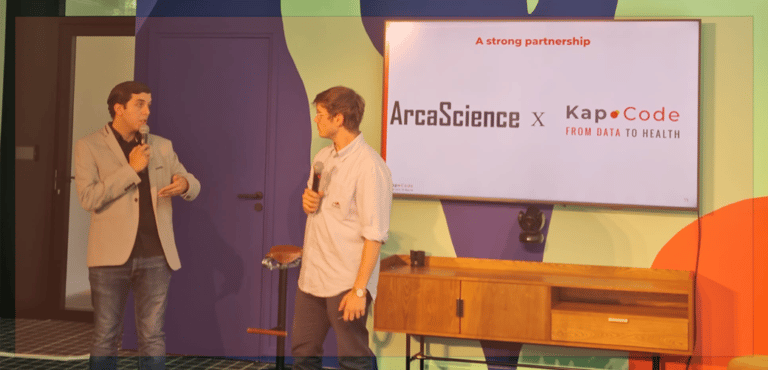Paris, 02/24/2022
According to the World Health Organization, more than 700,000 people died by suicide in 2019, with suicide ranking as the 4th leading cause of death after road traffic accidents, tuberculosis and interpersonal violence among people aged 15 to 29[1]. Suicide is often perceived as a spontaneous act. However, most people who die by suicide express thoughts about death or suicide prior to their deaths. Using social networking platforms, we can analyze such statements and identify early warning signs while intervention is still possible.
“Most people who die by suicide tell others about their thoughts about death or suicide before dying. We are hopeful that working together, we can better identify those at risk so we can intervene and save lives.”
Matthew Nock, PhD, Harvard University Tweet
Through the collaborative project Epilogue, Kap Code offers its expertise in the analysis of real-life data obtained from social networks, in relation to public health research projects. This project has prompted a collaboration with researchers from the Nock Lab in the Department of Psychology at Harvard University on suicide prevention, through the identification of individuals talking about suicide on social media.
Suicide and social media
Social networks are primarily used for the exchange of information. Although some aspects of these platforms may be harmful (e.g., cyber-bullying or the viral spread of dangerous internet challenges[2]), social networks also represent an opportunity for individuals to connect with one another about shared experiences. Because individuals who are struggling with mental health issues like suicidal thoughts often take to social media to share about their experiences and get support from peers, these sites represent a promising avenue for identifying and providing help to people who need it. Ideally, this process could happen automatically, so that individuals who need help can be identified and provided resources in real-time, which would be a powerful tool to help suicidal individuals when they need it most.
An algorithm for more advanced suicide prevention
Kap Code uses real-life data gathered from peer-to-peer social networks. Indeed, many Internet users and patients share and discuss their health, treatment journeys, and personal challenges on these platforms. For interventionists, these platforms provide an opportunity for early detection and intervention for a wide range of mental health disparities.
“Mental health is a major public health issue, and it is an incredible opportunity to make our expertise available to help positively impact patient care”
Adel Mebarki, Directeur Général chez Kap Code Tweet
For this project, Kap Code brings its expertise in analyzing messages posted on Twitter that contain keywords related to suicide. Partnering with researchers from Harvard University’s Nock Lab, a psychology lab focusing on the prevention of suicide, Kap Code is conducting high-level machine-learning (e.g., neural nets) and assisting in the longitudinal analysis of user data. Overall, this project aims to develop a tool capable of identifying references to suicidal thoughts and behaviors on Twitter, where such a tool might one day be used to support the early identification of at-risk individuals and consequently save lives.
Sources
[1] Suicide worldwide in 2019: global health estimates. Geneva: World Health Organization; 2021. Licence: CC BY-NC-SA 3.0 IGO.
[2] Eyuboglu, M., Eyuboglu, D., Pala, S. C., Oktar, D., Demirtas, Z., Arslantas, D., & Unsal, A. (2021). Traditional school bullying and cyberbullying: Prevalence, the effect on mental health problems and self-harm behavior. Psychiatry research, 297, 113730.



